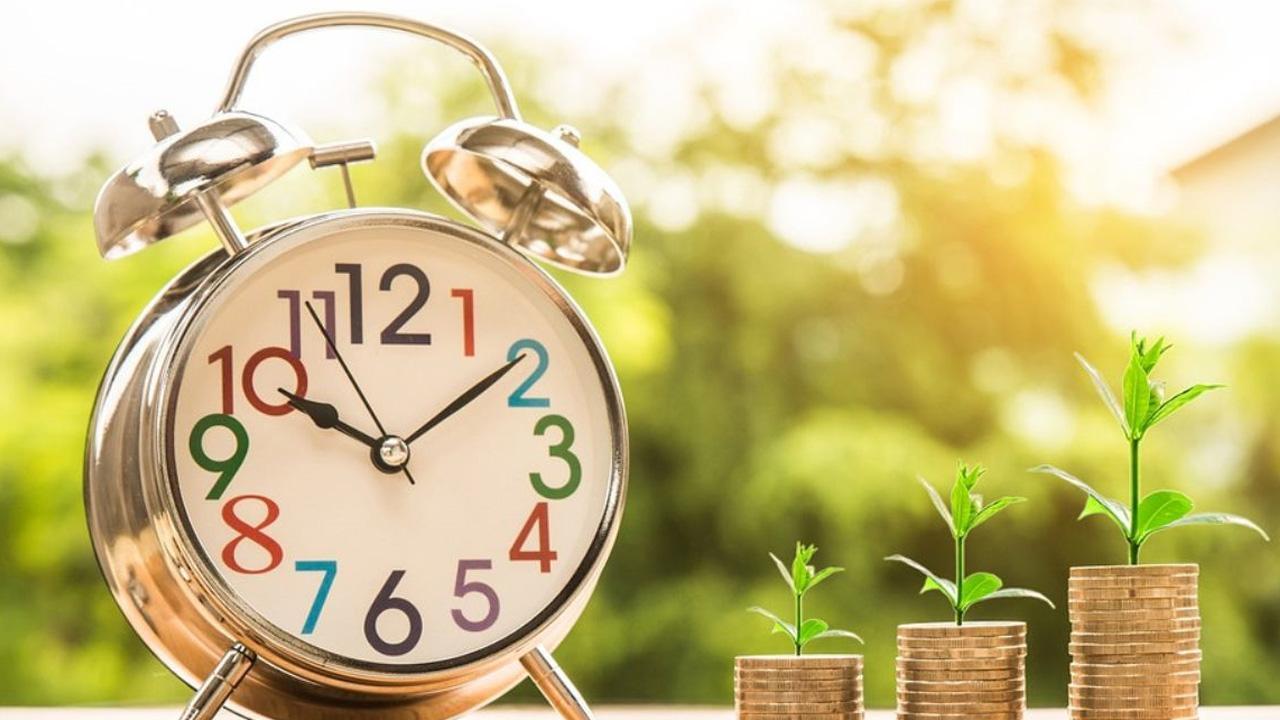Check out some of the free FD calculators available online to calculate the interest on FD so that you can choose the right option and maximise your savings.

Crores of Indians invest in Fixed Deposits (FD) due to the safety assurance and guaranteed returns that they provide. FDs are largely impervious to market volatility, unlike stocks and mutual funds, and are capable of providing a fixed monthly income to manage your household expenses. Furthermore, FDs are also recommended to be included in your portfolio to make it a balanced one and hedge it from market risks. Almost all banks and several Non-Banking Financial Companies (NBFC) offer the FD facility with varying rates and terms. With so many options available, it can get overwhelming to choose the right one. Let us understand how you can calculate the interest on FDs to compare and choose the right one to invest in.
ADVERTISEMENT
How to Calculate the Interest on FD
The FD rates in India differ across the various institutions offering fixed deposits. This is why it is imperative to properly estimate your returns before investing your hard-earned money. There are two most common types of FD interest calculations in the country. Let us check out both of them.
1. Simple Interest FDs
In a simple interest FD you invest your principal for a fixed tenure and get the interest on it on a yearly basis. The returns are on the original principal amount only and the formula used to calculate the interest on FD is: A = P (1 + rt)
The definition of the variables in this equation is:
a) A = total FD amount receivable at the end of the tenor
b) P = principal amount invested by you
c) r = rate of interest
d) t = investment tenure
Let us see better understand this through an example.
If you invest ₹1 Lakh for a period of 1 year at an interest rate of 5% per annum, using the formula above, your total receivable amount will be ₹ 1,05,000. The interest amount you will receive will be (A - P), that is, 1,05,000 - 1,00,000 = ₹5,000.
2. Compound Interest FDs
The power of compounding helps your money grow much faster than an FD based on simple interest. This is because in each compounding cycle your generated interest gets added to the original principal. Thus, in each new cycle the principal keeps increasing and generating a higher return than in the previous one. The formula used to calculate the interest on this FD is: A = P (1+r/n)nt
The definition of the variables in this equation is:
1. A = total FD amount receivable at the end of the tenor
2. P = principal amount invested by you
3. r = rate of interest
4. t = investment tenure
5. n = compounded interest frequency (monthly / quarterly / annually)
Let us use the same example as earlier to see compound interest calculation.
a) Principal amount invested (P) - ₹1 Lakh
b) Rate of interest (r) - 5% per annum or 0.05
c) Investment tenure (t) - 1 year
d) Compounding frequency - semi-annual (every 6 months)
Putting these values in the formula provided earlier, you will receive a total of ₹1,05,062 at the end of the year. As you can see, the interest is higher in this case. Now when the tenure is longer, the compounding will also happen more frequently, thereby getting you a higher return on your investment.
Use an FD Calculator
Now that you know the formulae to calculate the interest on an FD, you can also see that it can be a bit tedious to do this calculation each time you wish to evaluate your options. Fortunately, there are free online FD calculators that you can make use of to do this on your behalf. To use this free, online, tool to understand the returns of different FD rates in India all you need to do is:
1. Visit the website
2. Enter the principal amount you intend to invest
3. Fill in the FD rate of interest
4. Choose the period of investment
5. Select the frequency of compounding, such as monthly, yearly, half-yearly
By following these simple steps, the FD calculator will automatically calculate the interest on the FD, and instantly give you the estimated returns at the end of the investment tenure.
Maximise Your Savings
If you wish to maximise your savings and get the most return on your investment, then you should know the critical factors that affect the FD interest rates in India.
A. Principal Amount Invested: Higher the principal amount invested, higher will be the returns generated.
B. Investment Tenure: Amounts invested for a longer period will result in a higher overall payout at the end of the FD period.
C. Rate of Interest: Investing in a bank or NBFC FD with a higher rate of interest will give you a larger net amount.
D. Compounding Frequency: As you saw in the compound interest formula, the more the frequency of compounding the higher the end returns. But it may have an impact on the interest rate.
In Summation
Knowing how to calculate the interest on an FD, and the factors that influence it can help you choose the right investment period, frequency of compounding, and type of FD to invest in. This will help you maximise your earnings. There are various free FD calculators available online which you can use to compare between different FD options in order to make an informed decision.
 Subscribe today by clicking the link and stay updated with the latest news!" Click here!
Subscribe today by clicking the link and stay updated with the latest news!" Click here!








